
Alink shortener is a tool that takes a long url that has various text and characters that may be hard to remember and may look quite unsightly when written out, and shortens that url so that it is shorter, much easier to remember, and can be customizable.
In this test, we check if using a link shortener can lessen the link strength of a link. Aside from this particular focus, this test also lets us observe how Majestic works and calculates link strength.
For this test, we use a strong site to evaluate how that strength is passed on using a regular link and a shortened link. The link shortener Capsulink is used for this particular test.
Two identical test pages were set up where one receives a regular link and the other receives a shortened link. The regular and shortened link were both sent from identical posts from the same site. After the links have been posted, the receiving pages’ link strength were measured using Majestic to see if there is a difference in link strength between the page using the regular link and the page receiving the shortened link.
Prior to this test, the pages that were receiving the links did not have any previous links pointing to them, thus, starting with no link strength.
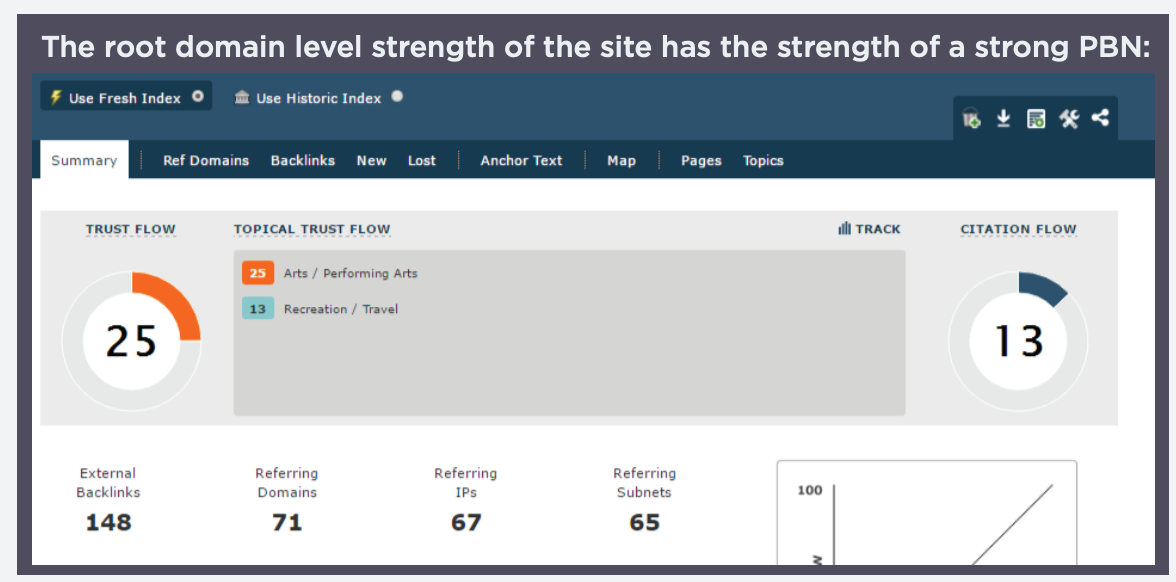
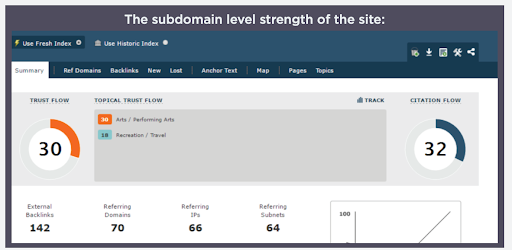
Four days after the test was set-up, Majestic crawled the pages sending the regular link and shortened link, and the receiving test pages obtained some metric changes. The shortened link appears to transfer more juice.
Page receiving the regular link
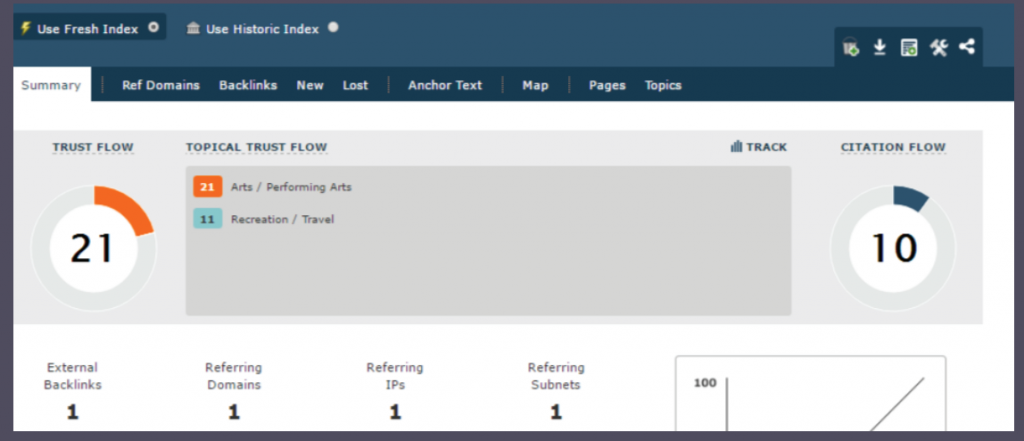
Page receiving the shortened link
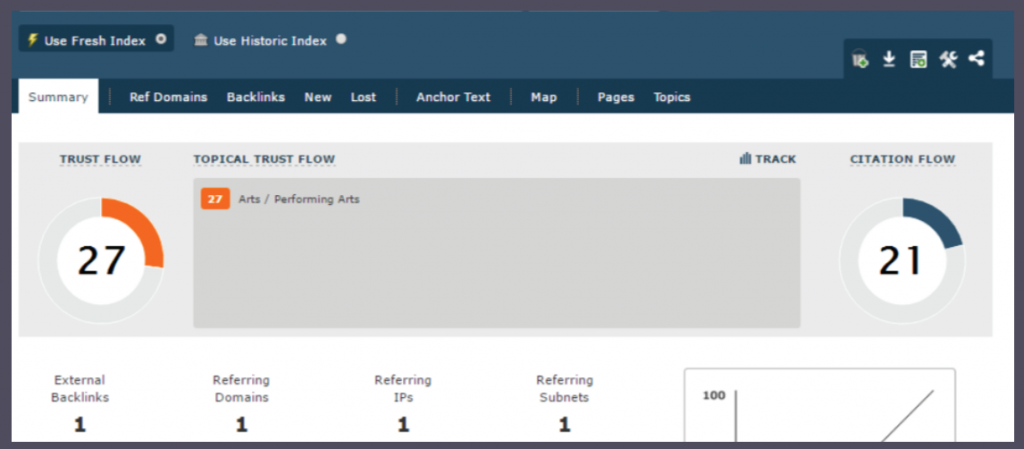
The shortened link appears to transfer more link juice. However, upon looking at the backlinks section of majestic, the shortener has a 10 point drop in Topical Trust Flow, a CF10/TF9 drop in URL Flow Metrics, and a near flip in the CF/TF Domain flow metrics.
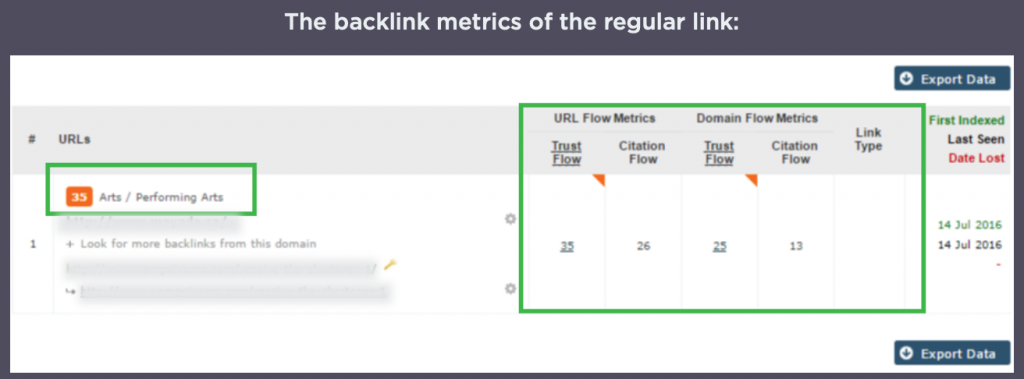
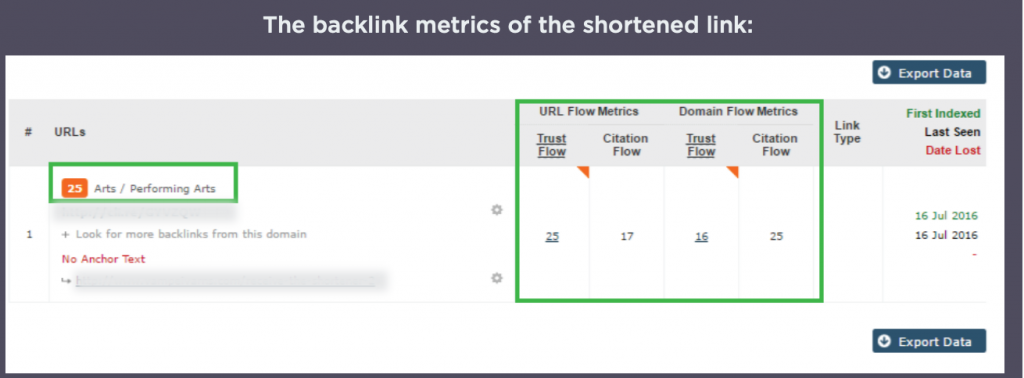
Looking into the value received from links in an environment where there is only one link coming into a site is an amazing look at Majestic Flow Metrics. Pretending for a moment that we were looking at two different sites, if you were asked which site is ‘stronger’, I think all of us would have said the site with TF 27 CF 21 is much stronger over the site with TF 21 CF 10. However, now that we can look at the interpreted value of the backlink sending that juice, some takeaways that we got from this test are:
Based on this test, it is still best to use a regular link than to go for a shortened link.
Check out Clint’s insights on the use of link shortener for your links in the video below.
This is test 48 – Do You Lose Link Strength If You Are Using A Link Shortener?
If you read the headline there, it says part two, honestly, I probably didn’t even bother sharing part one, for whatever reason, but you have to take into account some things with this test to see how “link strength” is measured and that’s really through the topical trust flow, trust flow, and in CF, what the hell is that it’s coalition flow are some craziness over mMajestic, I forget what it is.
Then that’s assuming that link strength is defined the same way by Google as Majestic is, and I can tell you, it’s probably not. But the Majestic Topical Trust Flow is probably one of my favorite metrics behind UR rank over at Ahrefs. We’ll just take that and consider that it is what it is.
But the idea here behind this test is that if you have a link, let’s say a link on medium.com, from an article, and you want to link to your website, and use a shortener, or Bitly, or Google GL used to be there, and there’s a few other link shortening services, or you can even make your own.
But in that 301, you’re going to actually lose some trust flow, or some link power through that 301 when you get to your money page.
The hard part about testing that is how do you define link power and obviously, even though you have a close idea, which is the PageRank algorithm that Google uses, we have a close idea of how they define link power, we have absolutely no way to measure that properly. So you end up with third party tools, Moz, Majestic, Ahref, Semrush, Link research tools, and on and on.
But Googl is not necessarily using those, we don’t know how close or how far off those metrics are from what Google is doing and it’s a little bit hard to measure that in that way.
I would even suggest that if you’re going to measure link power. It is did it go up? did it go down? or does it stay the same?
And then this test, they’re just measuring topical trust flow and CF, I forget what it calls. But those dropped when the link went from the shortener through to the test page. And to me, that makes a little bit of sense necause there’s no links going to the page. Why would it have any trust flow or citation flow? Why would it have any if it’s a brand new web page? Well, that’s because the domain has authority and it’s transferring onto the page sound idea.
Then why would it go down? If you’re adding to it?
Well, that’s because you now are adding domain, which could be less domain authority and page authority and trust flow and topical trust flow to it and dropping the scores.
But what did it do to the rankings, the rankings go up, rankings go down or they stay the same?
And that’s not in the test. That needs to be in these kind of tests, you need to understand that, because at the end of the day, if you’re judging link strength based off of those metrics, all fine and good, but what is those metrics mean in relations to the Google Search Engines? To do that, to know that, you have to have the exact method on what the they are grading trust flow on or URL ranking, you gotta have that algorithm or that math, to know how to manipulate that so that you can test trust flow of five versus a trust flow of 10 versus a trust flow of 15 versus a trust flow of 20. In order to know what the value of each one of those pages are to a clean page to see where the ranking goes up and at which point does it kind of match with Google so that you can use those rankings for something interesting or those metrics for something interesting?
To me, topical trust flow 20 and above usually has some decent backlinks behind it, you will look at those backlinks. If they’re good, then there’s a good domain for you to get a backlink off of or to buy, if you’re buying domains. Topical trust flow, also pretty decent, but I have built enough backlinks in my time that are completely zero niche related and rank plenty of websites with zero niche relation of those, even to this day. It’s kind of a good thing.
If I’m paying a lot of money, then I want it to be topical trust flow. I want the trust flow to be high enough and I want it to be those metrics for the page and not the domain and if those are happening, then it’s worth paying money for. Otherwise, pound sand and cloud, I’m just gonna build my own software. It’s how I’m going these days.
This is definitely something we need to test and we just need to find a way to define link strength and how we’re going to measure that. And I think the most obvious ways, what did this link do for my page? Did it go up to two? Does it go down to five or six? Does it bounce around a whole lot and go right to number one? And that will help us in a much better way to say this is a good link and this is a bad link.
And unfortunately, every website and every page has different strengths and the link from those is going to be different. So your results are going to vary from link to link, website to website, project to project, and no amount of tools, and no amount of testing is going to get you there ,and say exactly what’s going to happen with set links. Anyone who tells you to get different is a complete liar. Google weighs web pages, Google gives power assignments to web pages and each of those web pages affect other web pages in completely different ways.
It’s something to look into, something to care about, and something to understand when it comes to link strength.